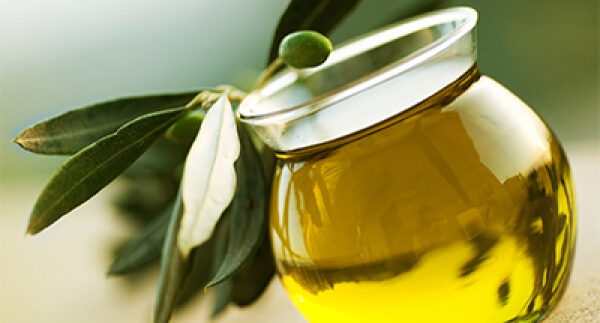The Italian Ismea Institute reports that the opening of the restaurant has led to an increase in demand for extra virgin olive oil in all markets.
Once the oiling of this year’s harvest (2020-2021) is completed, the production of olive oil in Italy is estimated to reach 273,000 tons, reduced by 25% compared to the previous period.
In southern Italy, Puglia, Calabria and Sicily recorded reductions in olive oil production of 45%, 36% and 5% respectively. In central and northern Italy, by contrast, the rather positive forecast for early autumn now seems to be confirmed, with double production in Tuscany, 82% higher than last year in Umbria, 58% higher in Lazio and three times higher in Liguria.
Regarding the market trend in the first trading phase, the very dynamic demand of bottlers, thanks to the recovery of the Horeca channel, increased the prices of extra virgin olive oils, which on average in the first half of 2021 ranged at 4.60 euros in kilos, showing an increase of 45%.
According to Ismea, olive oil imports to Italy have increased in an effort to cover the shortage of local raw materials. In fact, in the first quarter of 2021, Italy increased its olive oil purchases by 16%, paying even more money by 43%, due to rising international product prices.
However, due to the trade balance of Italy, a net decrease in the volume of exports was recorded, compared to the same quarter of the previous year by -6.4%.
At 275,000 tons, the Greek olive oil production in 2020-21
At the same time, Greek olive oil production is estimated at 275,000 tons, ie at the same levels as last year, according to the latest available data announced by the Ministry of Rural Development and Food.
Regarding the prices of extra virgin olive oil, they show an upward trend, with Messinia at 3.30 euros per kilo, Laconia at 3.25 euros per kilo and Chania at 3.10 euros per kilo. Finally, olive oil exports from October 2020 to March 2021 are at a fairly good level, reaching 100,000 tons.


